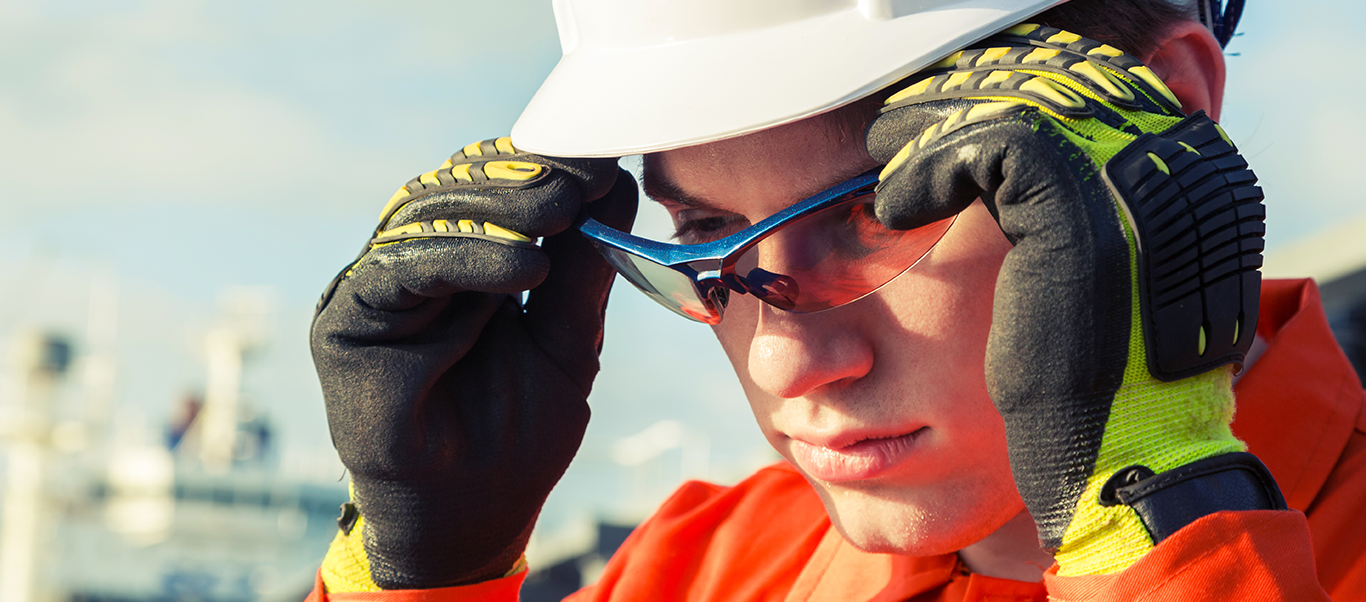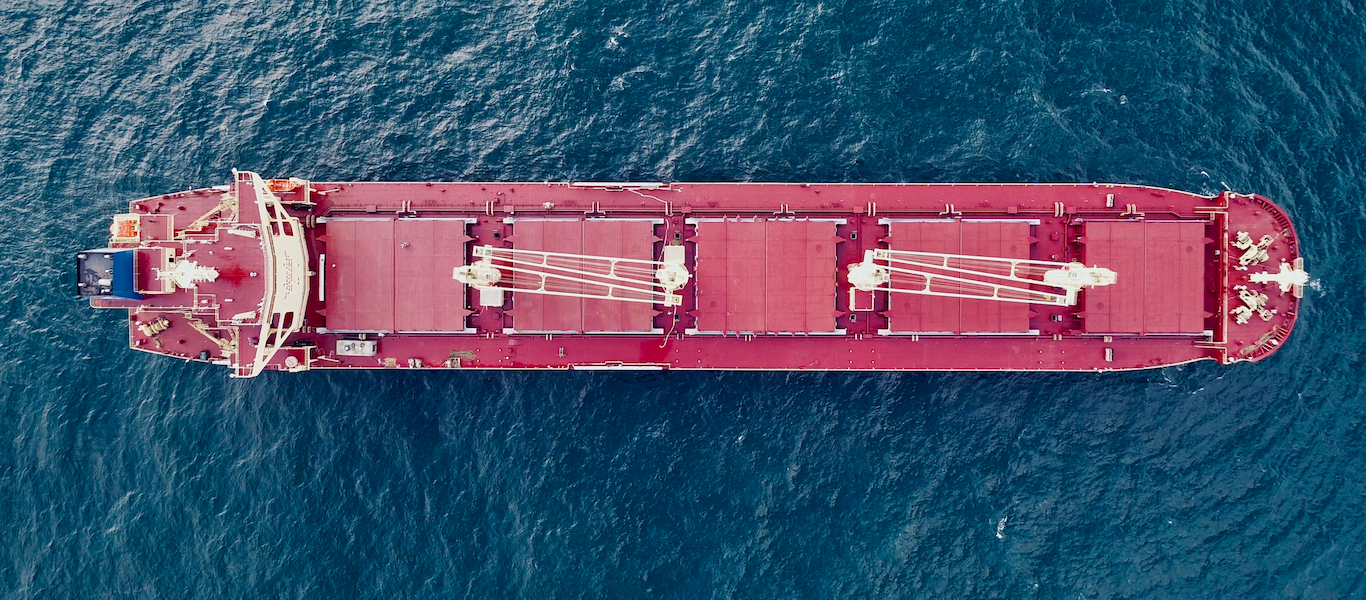
3 ways to put safety first.
The dry bulk and maritime industry encounter dangerous situations daily, therefore fostering a culture that prioritises safe practices within operations is paramount.
To help ship owners reduce risks and raise levels of safety the latest Dry Bulk Management Standards (DryBMS) outlines these three areas of focus; emphasise vessel visits, HSSE communications and targeted safety KPIs. Implementing DryBMS ensures dry bulk ships operate with a safety-first approach, aligning with international maritime regulations.
Vessel Visits and Communications
Regular vessel visits help foster a safety culture. Under DryBMS, shore staff are brought onboard to discuss the operation’s HSSE (Health, Safety, Security, and Environment) priorities. Visits are scheduled at least twice a year and encourage open discussions on matters of safety. Direct engagement with crew members through safety bulletins and workshops are effective ways to demonstrate the company’s commitment to ship safety and compliance.
Safety Culture and Compliance
Safety Management Systems (SMS) are fundamental to instigating the best HSSE practices. Senior management is relied upon to ensure safety objectives are in place and the right resources are allocated to ship safety regulations. Engaging with programs such as Stop Work Authority and maritime cyber risk management should also be considered, as these empower personnel to act on safety concerns. This commitment to safety should also extend to dry dock and ship maintenance protocols.
KPIs and Continuous Improvement
An effective safety culture within an organisation is also fostered by targeting KPIs. The HSSE KPIs measure safety performance through incident tracking, Port State Control (PSC) compliance, and DBCE results. To drive continuous improvement in overall ship safety, metrics combined with root cause analysis ensure alignment with international safety standards like TMSA and Intercargo. By integrating green shipping initiatives and prioritising ship safety certification, DryBMS aims to create a sustainable, safe shipping industry.
Find out more and subscribe to the DryBMS framework here.


